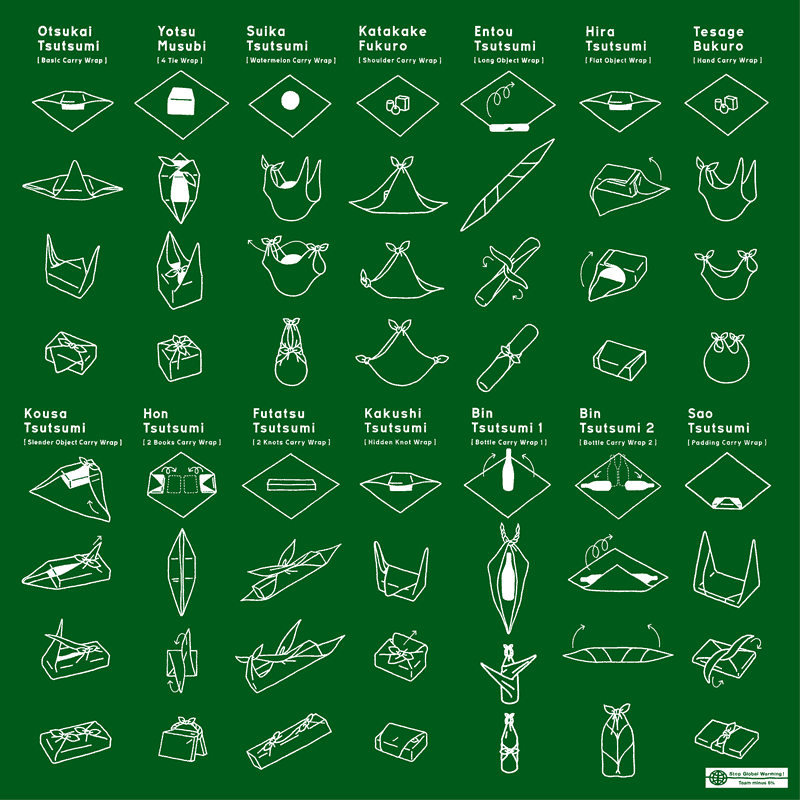
The Easter Goldfish left something better than Lincoln Logs in my sock drawer, this year. Following the announcement of their own entry to the hydration bladder game, I got my sticky paws on one of the PIB's from Platatac.
I've been a big fan of the Source bladders and have used them in my Bravo and Bullock Echo packs to stay hydrated on the go, and having witnessed the demise of many Camelbak bottles on both Tough Mudder and Stampede courses I have been very happy with the 3L Source bladder. However, when this came out I was quick to jump onboard and check one out. I've been using it in my Light Field Pack and taking it to kendo to rehydrate after training. It looks like there are in-line filters available for the Platypus range of bladders, presumably these would fit as well. Very important for disaster stricken and less-than first-world conditions.
 One of my workmates also got a Platypus bladder the same week, one of the civilian looking ones. The first thing we did was to check the fittings, both valves and mouthpieces seemed to be fully compatible. The bladder features a reinforced connection point, where the hose fits into a clip-lock, and is placed such at the last drops of the reservoir can be sucked out as the bladder flattens. The hose itself is a resilient plastic, which is covered by a length of tan colored neoprene, stitched to form an insulation and protective sleeve for the tube. At the drinking end, a stop-switch is a great addition, even before reaching the mouthpiece. The mouthpiece itself is also at the end of a clip-lock, and is a rubber bite-valve, protected by a plastic cap with a hefty retention tab. No losing this in the field!
One of my workmates also got a Platypus bladder the same week, one of the civilian looking ones. The first thing we did was to check the fittings, both valves and mouthpieces seemed to be fully compatible. The bladder features a reinforced connection point, where the hose fits into a clip-lock, and is placed such at the last drops of the reservoir can be sucked out as the bladder flattens. The hose itself is a resilient plastic, which is covered by a length of tan colored neoprene, stitched to form an insulation and protective sleeve for the tube. At the drinking end, a stop-switch is a great addition, even before reaching the mouthpiece. The mouthpiece itself is also at the end of a clip-lock, and is a rubber bite-valve, protected by a plastic cap with a hefty retention tab. No losing this in the field!The filling point is a really sizable screw-cap, big enough to allow you to get your whole hand inside, should you ever need, but more importantly, wide enough to make filling from taps, hoses, streams or pipes very easy. Also fitted with a retention tab, you needn't worry about losing your cap, even when opening or closing the bladder with gloved hands. The deep finger recesses make opening and closing the cap a breeze. Another great feature is the combination clip and handle. The clip on the top allows hanging and fitting of the bladder to a variety of bags, packs and vests. As I've said, I've worn bladders in my Bravo, my Bullock Echo, but also in the back of my FirstSpear OAGRE, and in my Light Patrol Pack. Having a good attachment is the difference between continuous water pressure, or a sagging, clumping, uncomfortable bulk in the small of your back. On the bottom side of the cap, the finger grips give you a sturdy means of holding the bladder to be filled, carrying it about. It naturally hangs to balance the open bladder for filling. I was very happy with the seams and finishings, giving me no reason to doubt it's resilience. Marry it with Platatac's Utility Hydration Cover, and you're GTG.

Molded right into the satiny plastic of the bladder is a measurement strip, incremented in 500ml all the way up to 3L and 100oz. Warnings also decorate the bottom of the bladder, admonishing the user to not to use it above 50oC or below -20oC, not to fill it with fresh fruit juice, or alcohol, or milk, if I am translating the glyphs correctly. I found the satin feel of the bladder very pleasant, and easy to grip, when I was filling, fitting and removing it from my packs. Low glare and friction, and in subdued colours meant it was easy to use, and not a glaring, gleaming unit to have standing out in the field.
I gave it a petty hard workout, jammed into the Light Field Pack and pressed by my kendo armour, and the only trouble I had was once when I fitted it, I didn't re-seat the hose-to-bladder connection quote solidly enough, which lead to a dribbling leak and puddles. A quick adjustment and all was well again. I'll be taking this bladder to ConFest over Easter, both for the long drives up and back, but also when roaming around the site with Tactical Baby and Triceratops Girl needing a lot of running around after.





















































